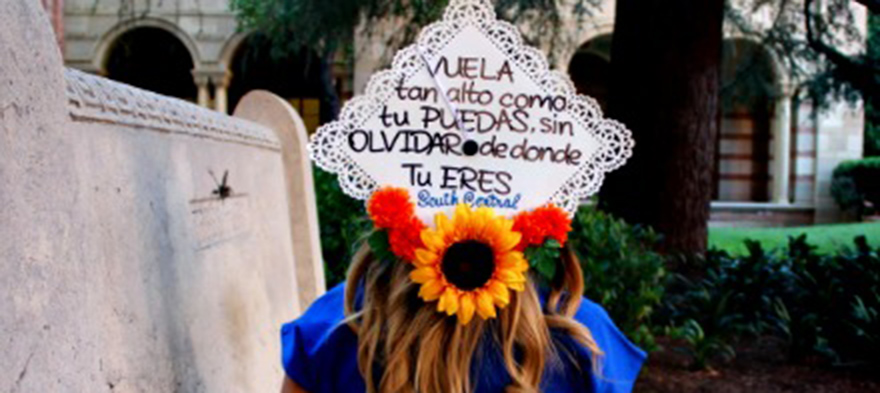
Jul 27, 2017 12:00:00 AM
Desiree Martinez, was born and raised in South Central Los Angeles and is currently in her fourth year at UCLA. As a first generation college student, Desiree is heavily involved in combating educational inequity in her community. Upon realizing that there were more Latinos among the custodial staff than there were among her UCLA classmates, she began to advocate for education reform in order to fight for the empty seats in higher education that her classmates never had the opportunity to fill. Desiree is in her third year working as an AVID tutor at International Studies Learning Center in South Gate, California. Additionally, she is a lead organizer for Students for Education Reform (SFER) at UCLA, an organization that empowers college students to become grassroots organizers in their community.
Few issues in education spark more tension and debate than standardized testing. Are they a tool for equity or a burden on students? A necessary check on school systems or a flawed measure of...
Charter schools are public schools with a purpose. Operating independently from traditional school districts, they're tuition-free, open to all students, and publicly funded—but with more flexibility...
Despite the benefits of a diverse teaching force, prospective teachers of color fall out of our leaky preparation pipeline at every stage: preparation, hiring, induction, and retention. Here’s what...
Ed Post is the flagship website platform of brightbeam, a 501(c3) network of education activists and influencers demanding a better education and a brighter future for every child.
© 2020-2025 brightbeam. All rights reserved.
Leave a Comment